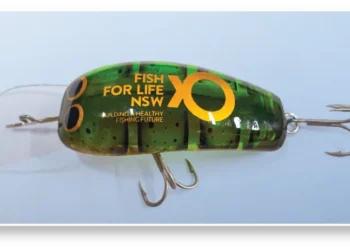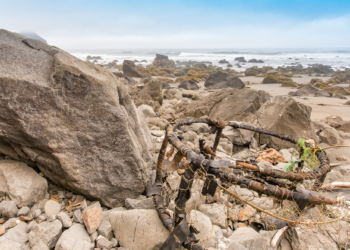
THERE’S been a lot of attention devoted recently to the worrying state of stocks of some of our favourite fish. Despite constant assurances that our fisheries are managed to the highest standards, a range of iconic species including snapper in South Australia, mulloway in NSW, dhufish in Western Australia and Spanish mackerel in Queensland are all now reported to be in trouble. There are steps being taken to further limit the harvest of these and other species by both commercial and recreational fishers, including reduced catch quotas, downward revised bag and size limits and closed seasons.
Preserving naturally occurring populations has got to be the primary objective, whether your priority is to be able to catch reasonable numbers of good-sized fish (if you’re a reccie) or make a decent living (if you’re a commercial operator). That means catch limitation for us all, either while species rebuild or indefinitely. Not much point in having beautiful marine or riverine environments to look at if there’s no fish in them, at least from a fisher’s point of view.
A potentially valuable addition to wild stock management is of course restocking. Trout stocking has been around forever, and in more recent times there have been great successes with native fish in impoundments and rivers. Murray cod in Victorian dams, trout cod in NSW rivers, barra in Queensland impoundments, plus Australian bass and golden and silver perch in a whole range of locations. Successes are easy to monitor in these locations: lots of big fish in areas where previously there were very few.
Marine restocking is much harder to quantify. When mulloway restocking was suggested in NSW some years back, the nay-sayers reckoned it was a waste of money and effort. They suggested the fish wouldn’t survive and, in any case, how could you prove what you caught came from a hatchery rather than the naturally bred population. Despite this, NSW and Victorian fisheries management agencies have moved forward, and we’ve reported their efforts over time. 82,000 dusky flathead into the Victorian Gippsland Lakes at Lakes Entrance over the last two years. 90,000 mulloway into Botany Bay and the Georges and Hastings Rivers in July last year. 76,500 duskies into five NSW Recreational Fishing Havens this season.
The good news is that lots will probably survive. The Californians have stocked more than 2.5 million white seabass (a mulloway relative) along their coast since 1986. The fish have coded wire tags implanted prior to release. Despite anglers reporting big increases in their catches since the program began, evidence that lots of these fish were hatchery raised was hard to establish. A 2017 study suggested that less than 1% of fish came from the restocking, based on recovered tags. But in March this year, a breakthrough. A study using genetic markers, rather than tags, from captured fish established that in study areas up to 46.2% were hatchery raised, even though most had shed their tags. And out of 50 adult fish taken from a commercial fishery in neighbouring Mexico, 30% were identified as coming from a hatchery, despite all having lost their tags. This must be heartening news for our local re-stockists.
















